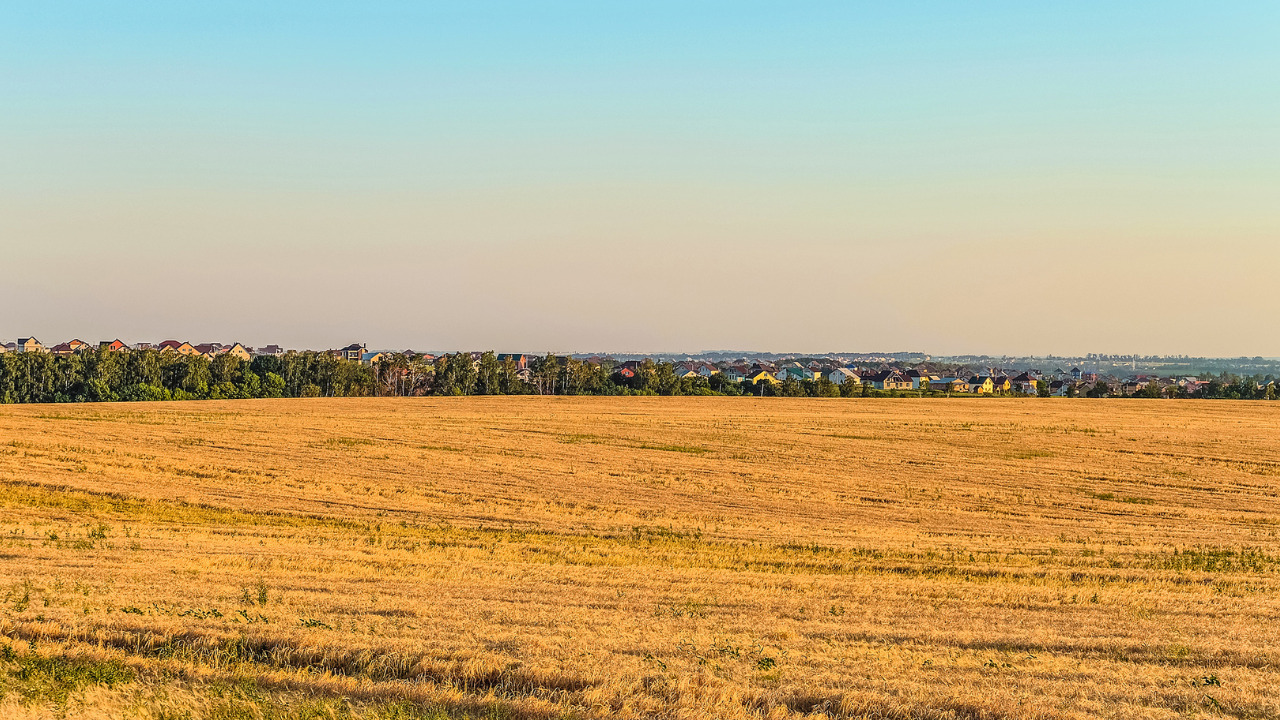Date first published: 30/05/2023
Key sectors: all
Key risks: war on land
Risk development
On 21 May members of the Russian anti-Kremlin partisan groups that have contributed to the fight against Russia’s invasion of Ukraine – the Russian Volunteer Corps (RDK) and the Freedom of Russia Legion – crossed the border from Ukraine’s Sumy Oblast into Kozinka and Gora-Podol in the Graivoronsky district of Russia’s Belgorod Oblast. The groups claimed to have captured these two villages and the nearby village of Golotovo – and threatened to move on towards the town of Graivoron. On 23 May Russian officials claimed that all partisans were pushed out of Russia and 70 of them were killed. Leaders of the groups denied that they suffered significant casualties.
Why it matters
Although the incursion was brief and made no significant immediate impact on the situation on the ground, it could have at least two important medium and long-term implications. First, it may divert Russian troops from the frontlines, weakening Russian defences in occupied territories. The incursion – the second in less than three months – underscored the vulnerability of Russia’s borders. To prevent further incidents, Moscow will have to reinforce its troops protecting the border even in areas further from the frontlines. Such a stretch would be beneficial for Ukrainian forces which are expected to launch a counteroffensive soon. Russian forces – anticipating the counteroffensive – have spent the past months significantly fortifying the almost 1,000 km frontline across the Ukrainian territory they occupy. Therefore, any weakening of these defences would benefit Ukraine’s counteroffensive efforts.
Second, the incursion was likely a part of Ukraine’s psychological operation aimed at undermining the government. Stability and security are cornerstones of President Vladimir Putin’s regime and further incursions could raise questions about his ability to guarantee them. The 21 May incursion has already triggered criticism from Russian war bloggers as well as Belgorod citizens, with both groups questioning the military’s ability to protect the border and react to such incidents.
Background
Ukrainian officials claimed that Kyiv was not involved in the operation, stressing that all involved were citizens of Russia. However, military analysts believe that Ukrainian intelligence services coordinated – or at least supported – the operation. The use of Russian volunteer units increased the psychological impact on Russian authorities as it was Russian citizens defying the regime, intensifying insecurity in Ukraine-bordering oblasts.
Regardless, the Russian propaganda machine has used the incursion to strengthen its case justifying the invasion, in particular capitalising on two aspects of the incursion. First, some members of the RDK have links to neo-Nazi groups and second, Russian officials claimed the partisans used US-supplied weapons – something the RDK denied.
Risk outlook
The head of the RDK, Denis Kapustin, stated on 25 May that his group would launch more incursions into Russian territory. It remains to be seen whether Russian military officials decide to increase the protection of the border at the expense of frontline defences ahead of Ukraine’s looming counteroffensive or risk potential long-term political repercussions. However, Russian propaganda efforts highlighted the risk that such incidents can also backfire and instead increase public support for the invasion. Therefore, the impact will likely depend on the nature of any further operations as well as Ukraine’s and partisans’ ability to highlight Russia’s unpreparedness and spread panic on Russian social media and beyond.



